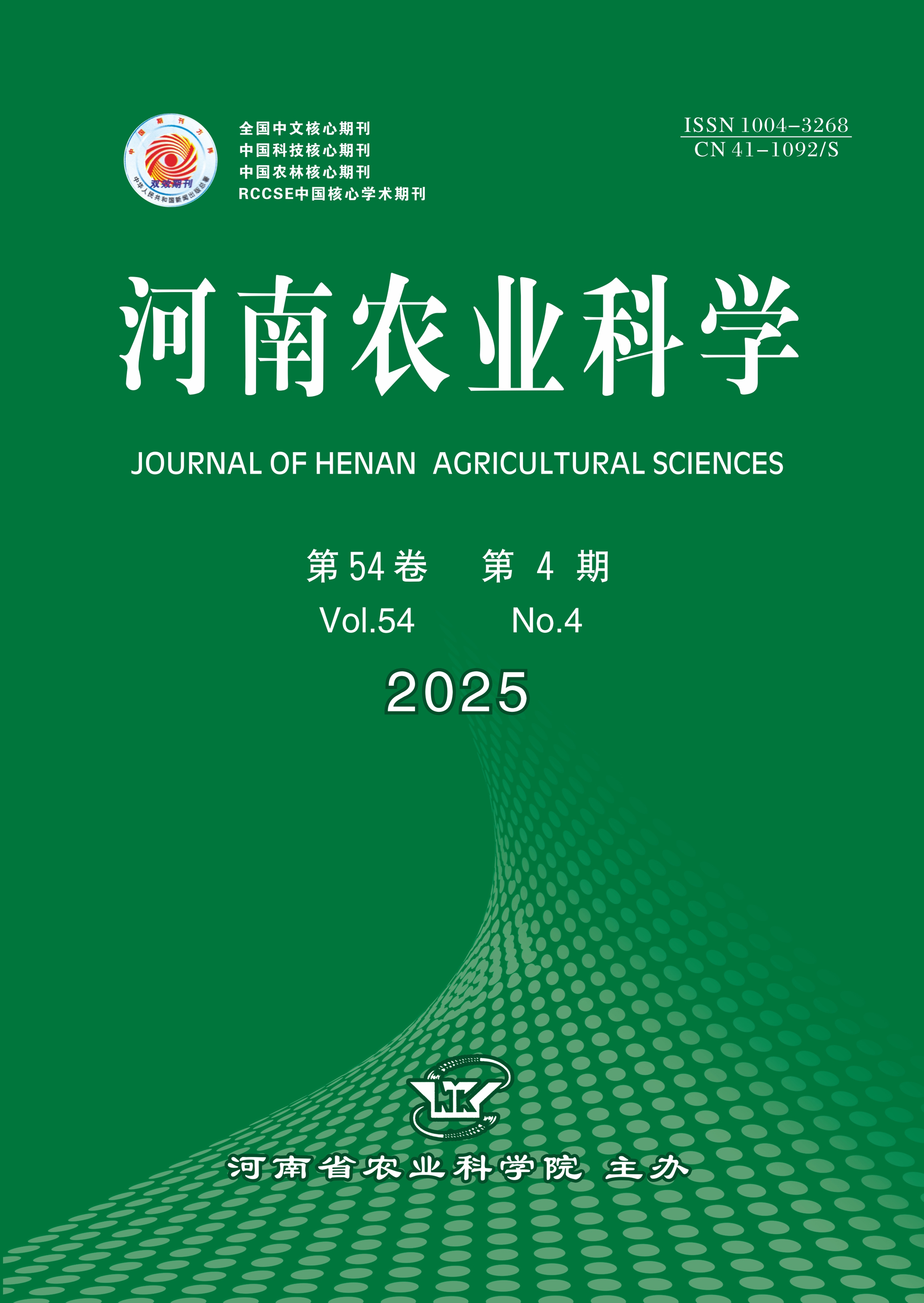-
Analysis of Yunnan Black Tea Aroma Characteristics Based on HS‐SPME‐GC‐MS and OAV
- DING Qihuan, DENG Min, SHI Dekang, SU Jianmei, GU Chonglin, LI Sijin
-
2025, 54(4):
167-180.
DOI: 10.15933/j.cnki.1004-3268.2025.04.017
-
 Asbtract
(
)
Asbtract
(
)
 PDF (3949KB)
(
)
PDF (3949KB)
(
)
-
Figures and Tables |
References |
Related Articles |
Metrics
In order to investigate the aroma characteristics of Yunnan black tea from different production areas in Yunnan,12 tea samples from four production areas,namely,Simao in Puer,Changning in Baoshan,Menghai in Xishuangbanna and Fengqing in Lincang,were selected as materials.The headspace‐solid phase microextraction(HS‐SPME)combined with gas chromatography‐mass spectrometry(GC‐MS)was used to separate and identify the volatile components of Yunnan black tea from different production areas on a DB‐WAX column,and the volatile components of Yunnan black tea were analysed by using aroma activity value(OAV)combined with chemometrics to determine the volatiles composition and aroma characteristics of Yunnan black tea from different production areas.The results showed that a total of 143 volatile substances,mainly alcohols,aldehydes,esters and olefins,were identified in Yunnan black tea from different production areas,and 50 substances(OAV≥1)contributing to the flavor of Yunnan black tea were screened out with the help of OAV,among which linalool and β‐ionone had a prominent position in OAV,and were important for the composition of the flavour of Yunnan black tea from different production areas.By using orthogonal partial least squares‐discriminant analysis(OPLS‐DA),combined with variable importance projection(VIP),43 differential markers were screened(VIP≥1).Based on the results of OAV and OPLS‐DA,12 characteristic differential substances of Yunnan black tea were screened:2‐methyl butyraldehyde, benzaldehyde, heptaldehyde,Z‐hex‐3‐en‐1‐ol,methyl 2‐(methylamino)benzoate,dihydroactinidolide,D‐limonene,(E)‐3,7‐dimethylocta‐1,3,6‐triene,β‐ionone,α -lonone,dihydro‐β‐ionone,and P‐cymene.Z‐hex‐3‐en‐1‐ol contributed prominently to the clear aroma of black tea from Changning production area;dihydroactinidolide and dihydro‐β‐ionone contributed prominently to the floral and fruity aroma of Menghai production area,and heptaldehyde contributed prominently to the fruity aroma of Fengqing production area.Further analysis showed that the Yunnan black tea aroma types of the four production areas were mainly floral and fruity.Combined with the cluster analysis,Changning and Fengqing production areas had floral and sweet aroma,and the fruity aroma was stronger,absence of honey notes;and the differentiated compounds of Simao and Menghai production areas were more diverse,and the composite aroma was obvious,which involved the sweet aroma,honey aroma,grassy aroma,clear aroma and fat aroma.
